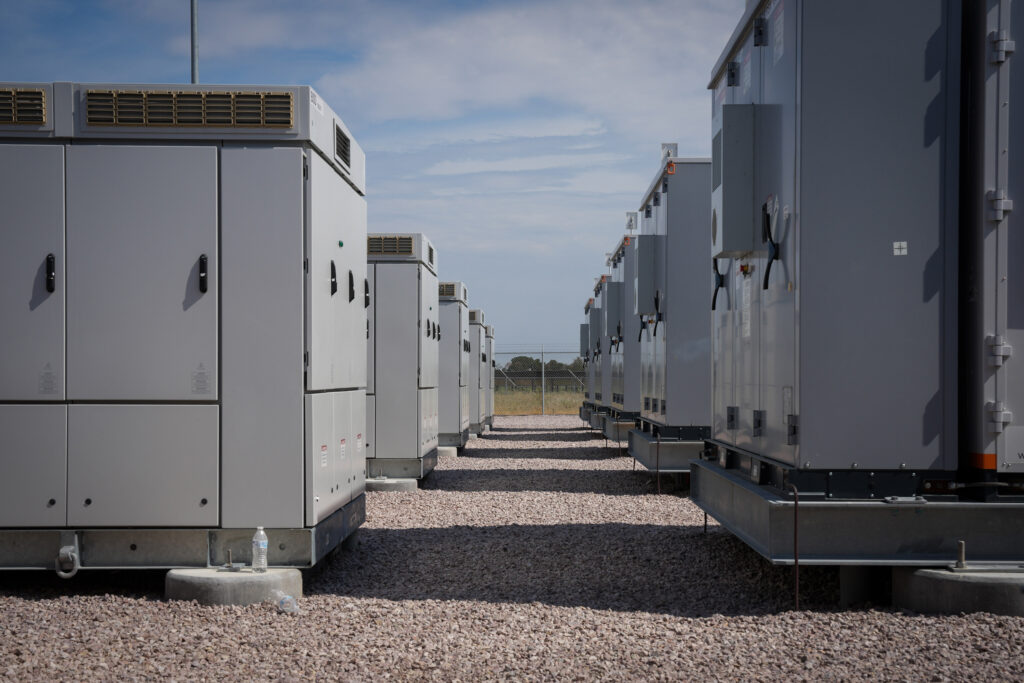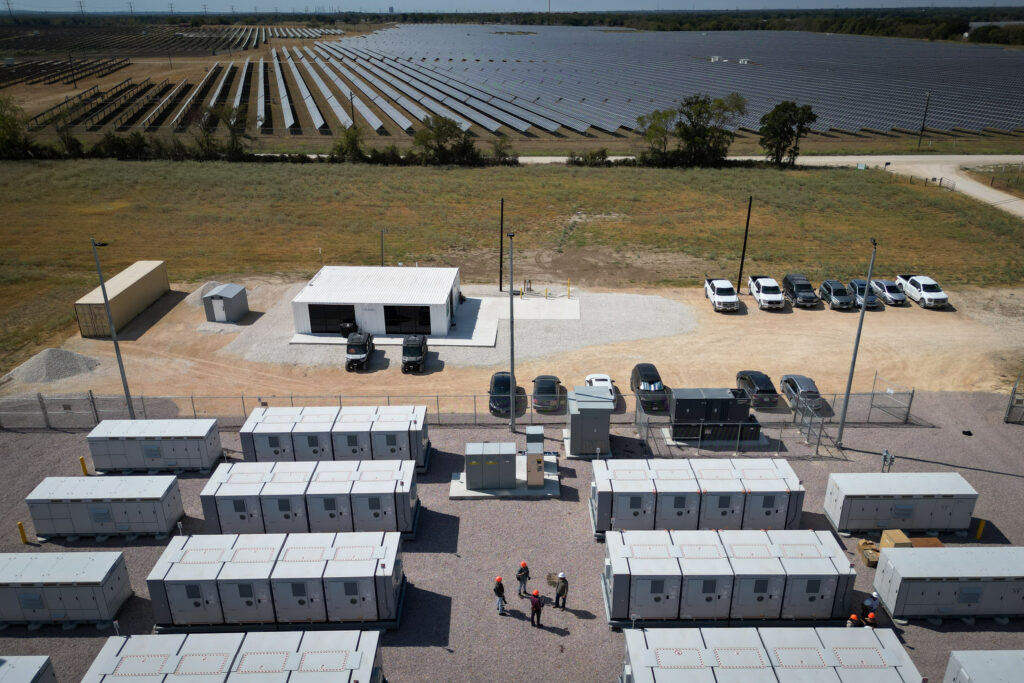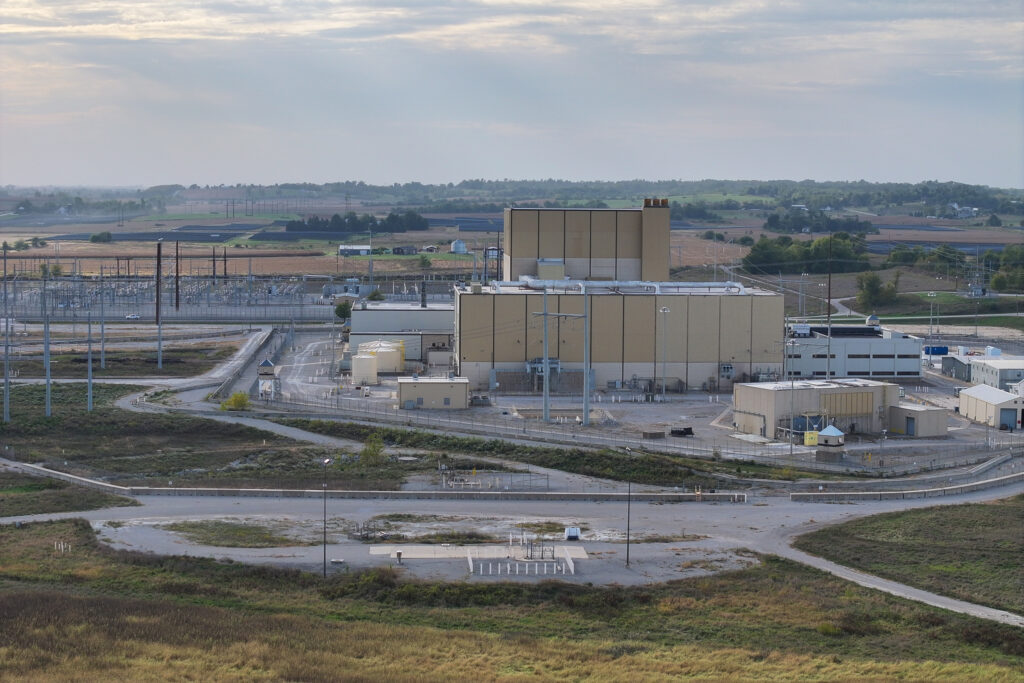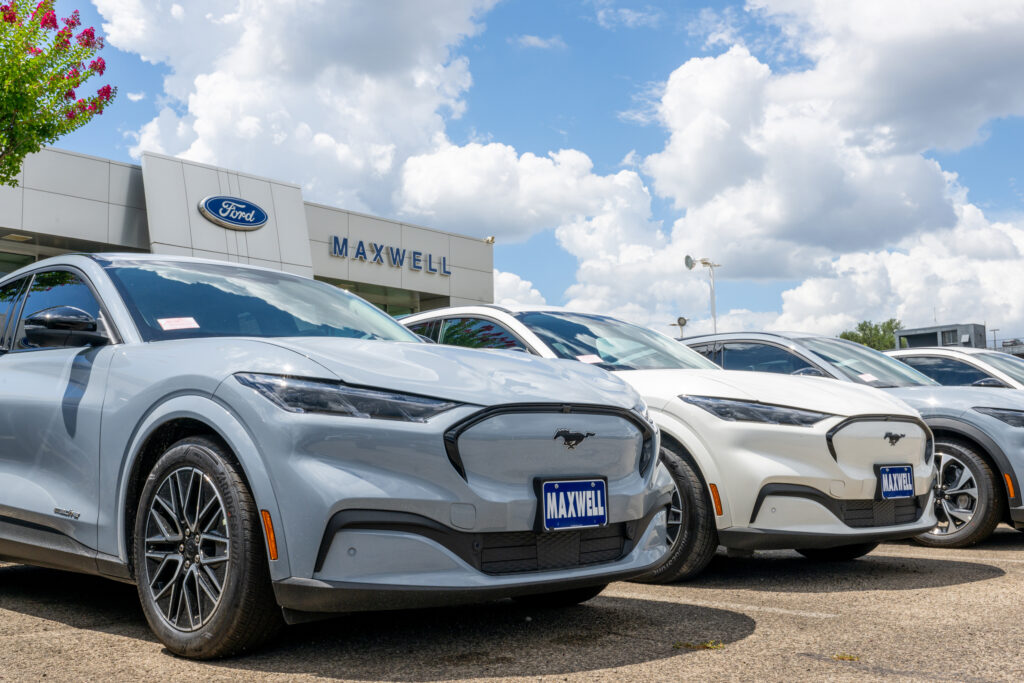Talk of an implosion of the U.S. electric vehicle market is verging on ridiculous.
While there are some serious challenges surrounding EVs—such as the need to build out the nation’s charging infrastructure—automakers are on track to continue on a path of substantial growth.
Leading forecasters agree that sales and market share will continue to grow in 2024. But they disagree on the rate of growth, and give different weights to some of the main factors that affect the market, from gasoline prices to the availability of low-cost models.
We’re hiring!
Please take a look at the new openings in our newsroom.
See jobs
First, some context:
Pessimism about the EV market gained momentum last year when Ford and General Motors said demand for the vehicles was falling short of expectations and pared back aspects of their EV plans. At the same time, Tesla warned investors of “enormous challenges” related to the production and rollout of the Cybertruck. Some auto dealers raised concerns about difficulty selling EVs, including a coalition of more than 4,700 dealers who wrote to President Joe Biden asking him to slow down on rules that encourage the shift away from gasoline.
These problems get amplified by commentary, often from partisan sources, that seem eager to hold a funeral for the energy transition. A recent opinion piece in The Hill has this headline: “As demand for EVs plummets, Biden’s green fantasy is pummeling U.S. auto dealers.” The author, Mandy Gunasekara, was chief of staff at the Environmental Protection Agency during the Trump administration and is now a visiting fellow at the Heritage Foundation, a conservative think tank.
Despite the storm clouds, sales were strong in 2023. U.S. consumers bought 1.19 million all-electric vehicles last year, up 46 percent from the prior year, according to Cox Automotive. EVs had a 7.6 percent share of overall car and light truck sales, up from 5.9 percent in the prior year.
It was the first time U.S. EV sales reached 1 million in a year.
So what does 2024 look like?
I gathered 2024 U.S. automotive forecasts from AutoPacific, Cox and S&P Global Mobility. Their projections show increases in EV sales ranging from about 20 percent, from AutoPacific, to more than 30 percent from the others, compared to the prior year.
“EV sales are increasing faster than any other segment in the industry,” said Michelle Krebs, executive auto analyst for Cox.

A major impediment is that the market doesn’t have enough EVs that cost $35,000 or less, said Ed Kim, president and chief analyst at AutoPacific.
“We have too many EVs now that are at luxury price points,” he said, referring to the many models that are priced at $50,000 and above.
This is one of the major reasons his firm is expecting growth to slow compared to 2023.
Several more affordable models are set for release in 2024, such as the Chevrolet Equinox EV and Volvo EX30. But it will still be a few years before just about every automaker has one or more affordable options.
Kim predicts 2026 will be a likely inflection point for low-cost EVs. Some of the models that may be available then: a Tesla that will sell for $25,000, and a new version of the Chevrolet Bolt from General Motors.
Michael Brisson, an economist for Moody’s Analytics, said gasoline prices are a key variable. If prices spike, it helps EV sales.
The major theme he sees is that automakers know EV demand will grow, but don’t have a firm grasp on the rate of growth or the timing.
“Supply and demand are continuing to try to find each other,” he said.
The analysts all pointed to the lack of charging infrastructure as a major factor holding some people back from buying an EV. Tesla is the only major maker of EVs that has succeeded in building a large charging network. (Most auto brands are adopting a common plug standard that will allow them to use some Tesla Supercharger locations, but it’s not yet clear how this will work in practice.)
The 2021 federal infrastructure law was supposed to lead to a surge in deployment of public charging stations. But the process of approving projects and getting them built has been slow, as I wrote in December when I visited the first station funded by the law.
Automakers and government programs can vastly expand the number of stations, and they know it and are working on it.
The shift to electric vehicles is far from a smooth ride, but the numbers—both 2023 sales and 2024 forecasts—do not support the idea that we are in some kind of apocalyptic event for this segment of the auto market. The forecasters expect EV market share to reach 9 percent to 11 percent this year, which would be a substantial increase from the prior year.
This story is funded by readers like you.
Our nonprofit newsroom provides award-winning climate coverage free of charge and advertising. We rely on donations from readers like you to keep going. Please donate now to support our work.
Donate Now
If market share grows at that pace despite the many challenges, this bodes well for the middle and latter part of this decade, when there will be many more models available and charging infrastructure should be much more robust.
In the meantime, we need to avoid reading too much into individual data points. For example, anyone pointing to Ford’s 11 percent drop in EV sales in January, compared to the same month last year, is grasping at straws if they are trying to make a larger point about EV demand.
January is part of the slow season for auto sales, and it is prone to weather factors that make it especially unhelpful for drawing larger conclusions.
“January is not any month that you should judge anything for,” Krebs said.
Other stories about the energy transition to take note of this week:
Ford Quietly Created Its Own ‘Skunkworks’ Team to Develop Low-Cost Electric Vehicles: Ford CEO Jim Farley said this week that his company created a “skunkworks” team to create a low-cost EV platform. The project is about two years old and led by Alan Clarke, who previously was a top engineer at Tesla, as Kirsten Korosec reports for TechCrunch. The term skunkworks, a reference to Lockheed’s former experimental aircraft program, has come to be associated with secret, high-tech projects. Ford declined to provide more information or a timeline for the project. While Ford works on a low-cost EV, it also said it is slowing investment in other parts of its EV production, a response to tight profit margins and concerns that EV demand is not growing as quickly as Ford had previously anticipated, as Joseph White and Nathan Gomes report for Reuters.
Across America, Clean Energy Plants Are Being Banned Faster than They’re Being Built: At least 15 percent of U.S. counties have effectively stopped new utility-scale wind, solar or both from being installed, according to an investigation in USA Today. This project looks at local rules and explores the specifics of several developments that have run into local opposition. I explored many of the same dynamics in “Solar Opposites,” my 2022 series that focused on the conflict over utility-scale solar in rural Ohio. The perception that these projects will diminish the visual landscape and provide financial benefits that are too small relative to local disruption challenges renewable energy developers. And that’s a problem because the country needs to add vast amounts of wind and solar to be able to make a transition away from fossil fuels.
As States Slash Rooftop Solar Incentives, Puerto Rico Extends Them: Puerto Rico’s governor signed a bill last month that preserves net metering for owners of rooftop solar systems. The bill says solar owners will continue to receive generous credits for the excess electricity they sell back to the grid, and that the policy will continue at least until the end of the decade, as Gabriela Aoun Angueira reports for Grist. Puerto Rico’s policy is notable because it is happening at the same time that states such as California and North Carolina have reduced the financial benefits of rooftop solar, often because of concerns from utilities that the net metering policies are unfair to people who don’t have solar. Puerto Rico has sought to make its grid less dependent on fossil fuels, and leaders there view rooftop solar as part of that effort.
Electric Vehicles Use Much Less Energy Than Gas-Powered Vehicles: Burning fuel is an inefficient way to harness energy, and that definitely applies to vehicles with internal combustion engines, as Karin Kirk reports for Yale Climate Connections. She explains that about 80 percent of the original energy in gasoline gets released as waste heat. This is in contrast to an electric vehicle, which wastes only 11 percent of its energy.
Inside Clean Energy is ICN’s weekly bulletin of news and analysis about the energy transition. Send news tips and questions to [email protected].

















